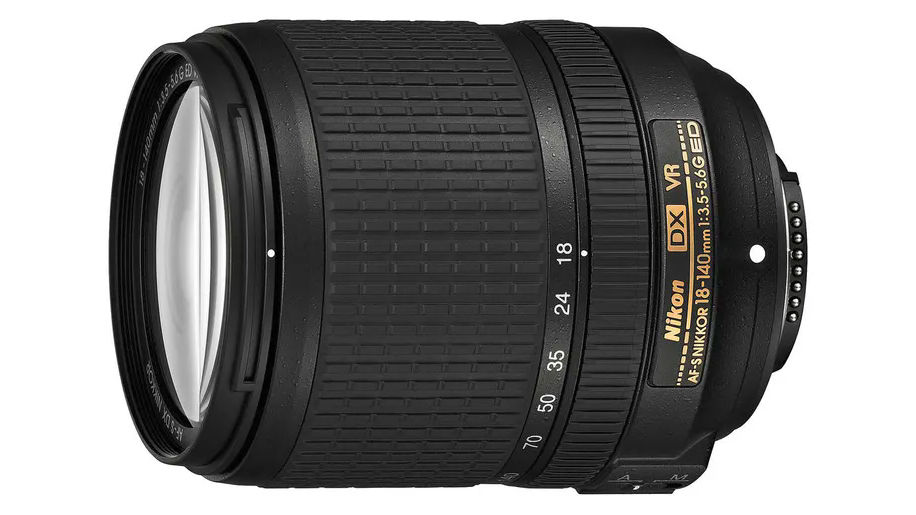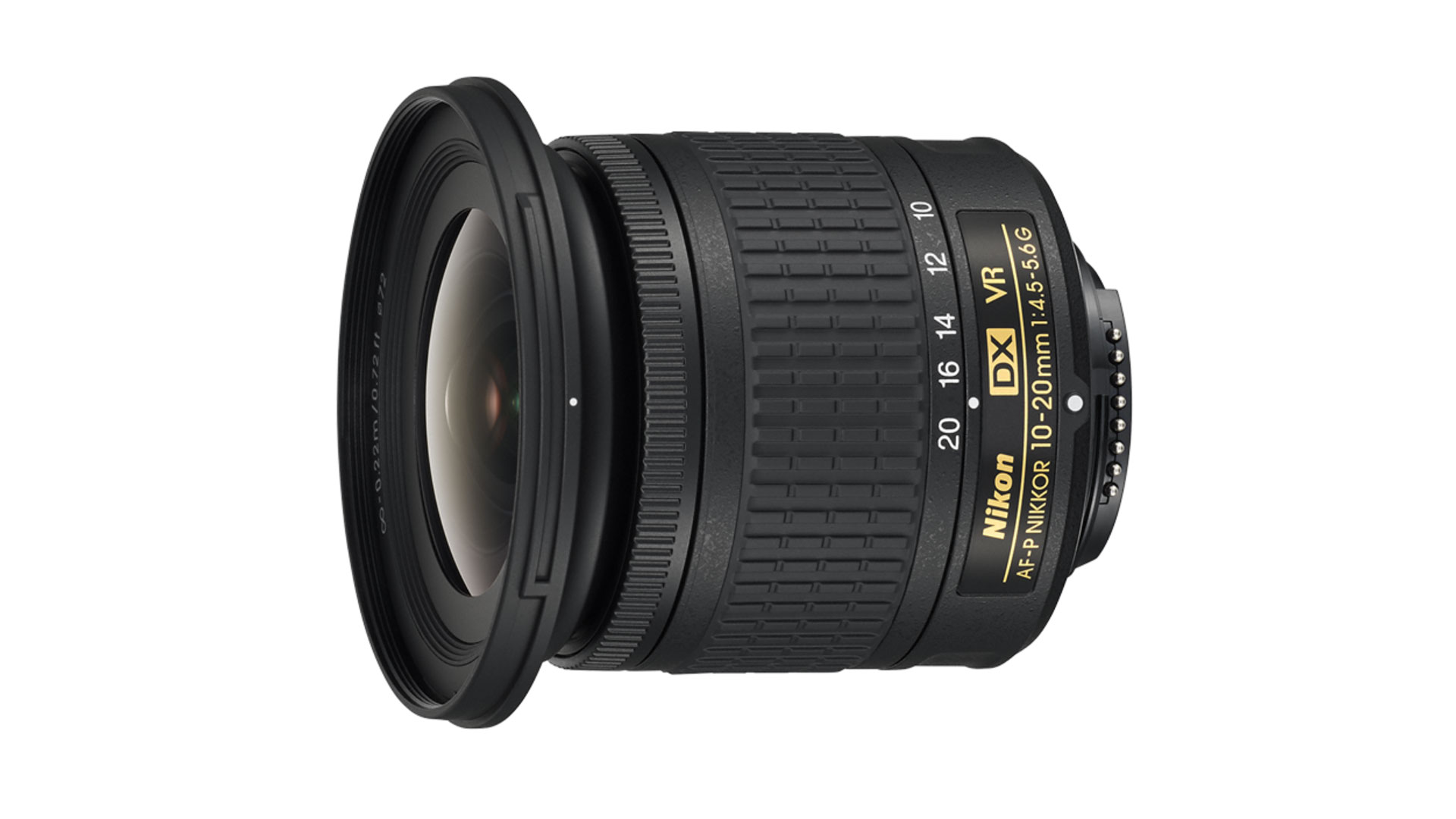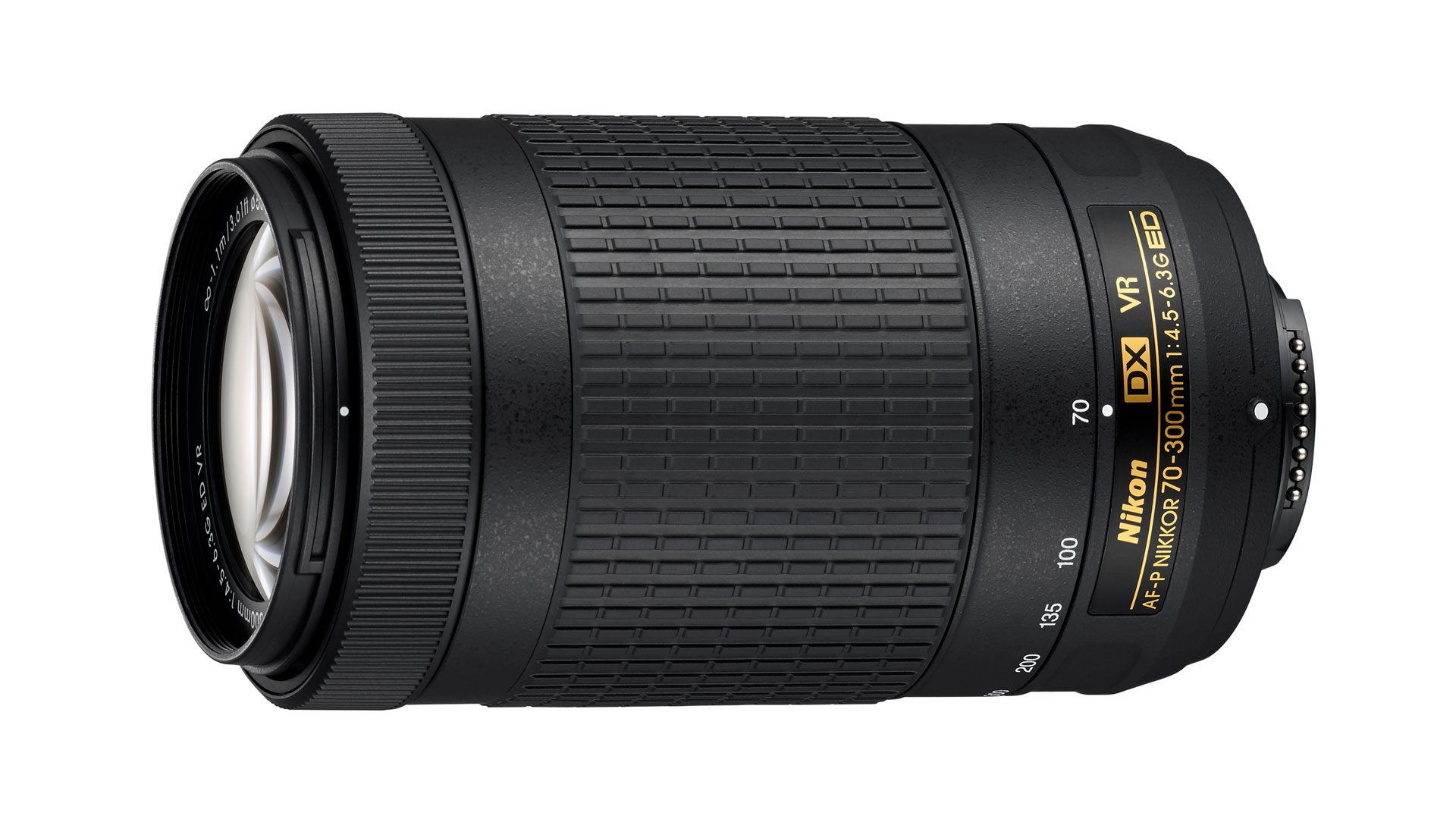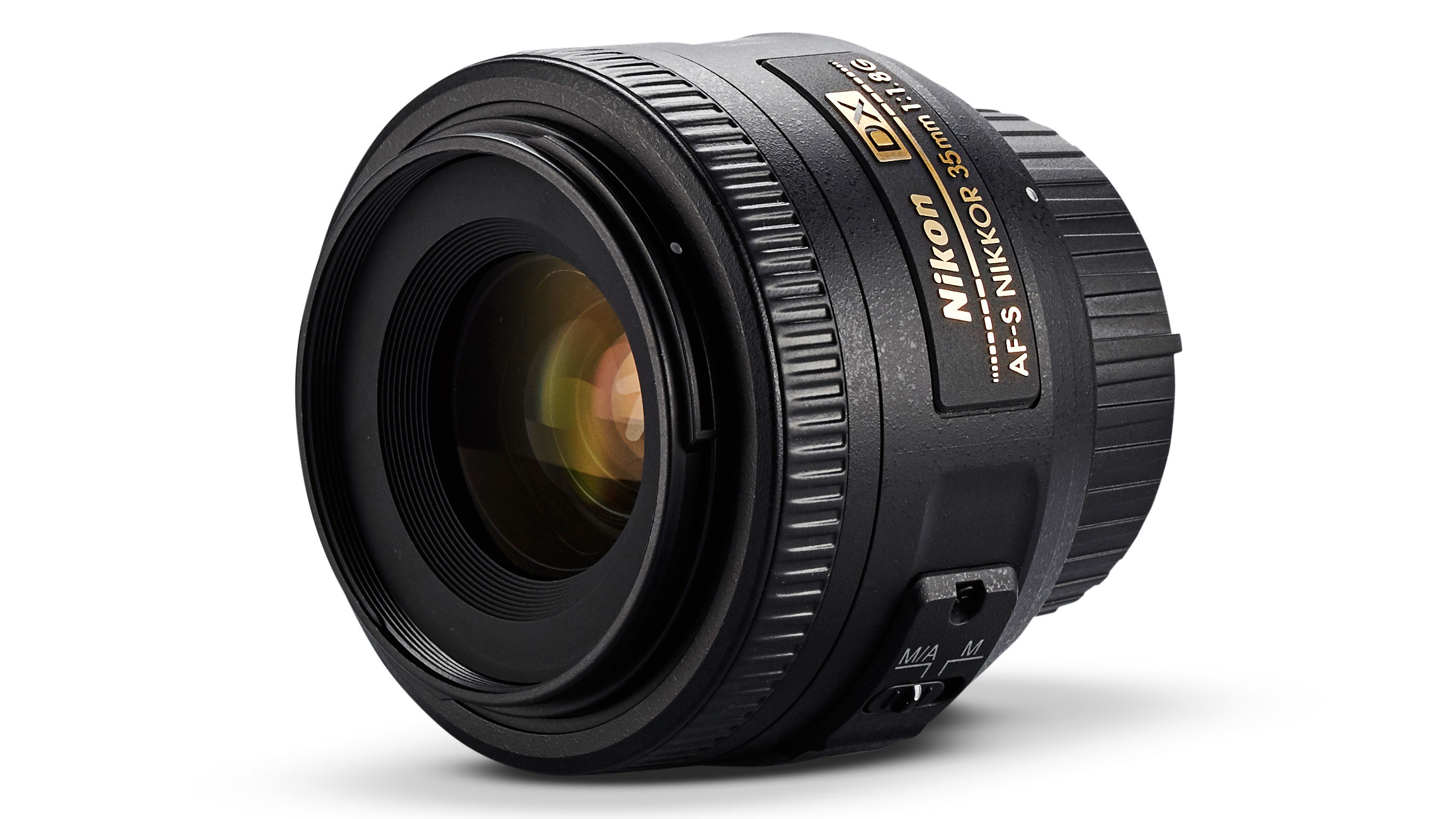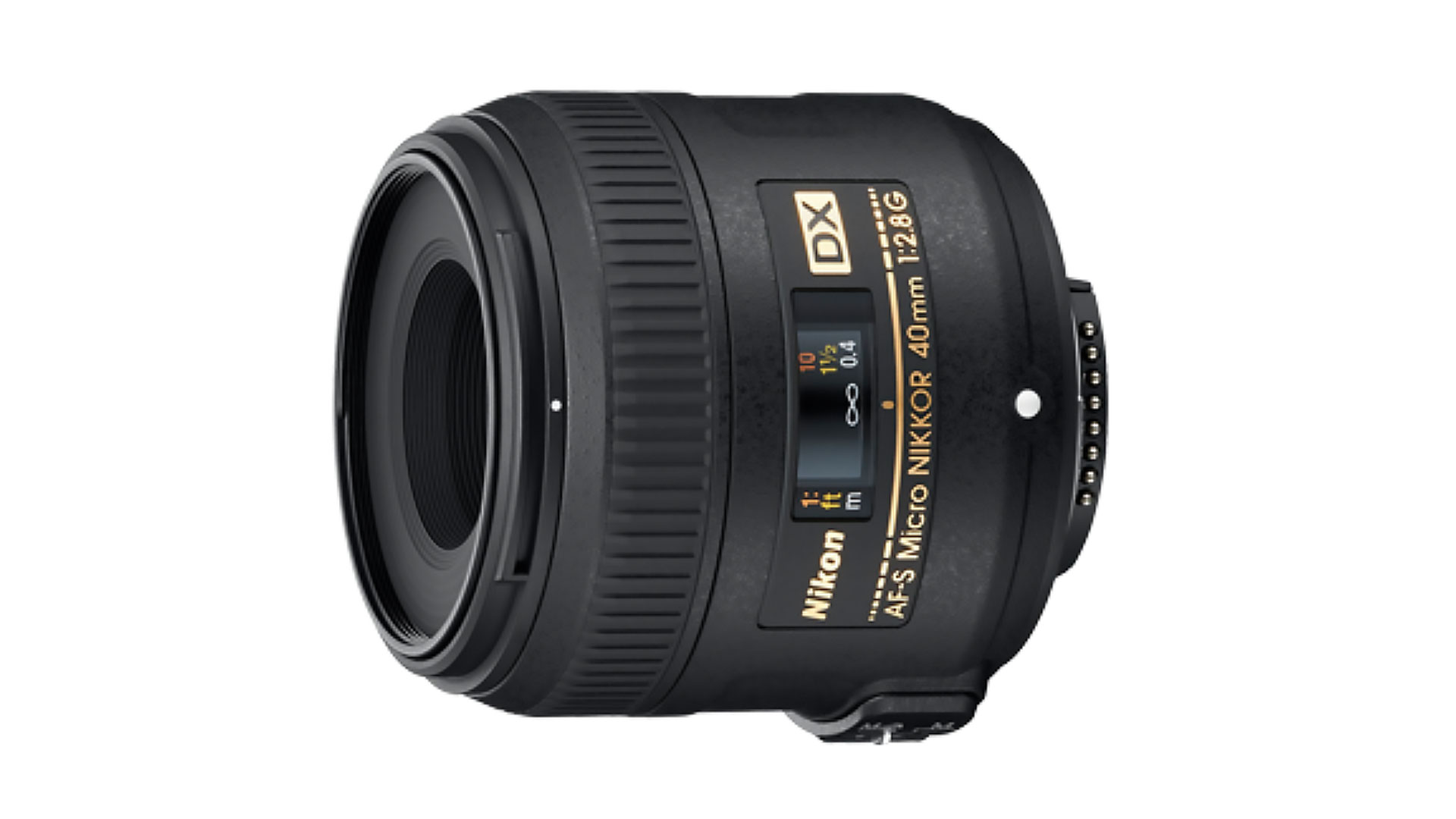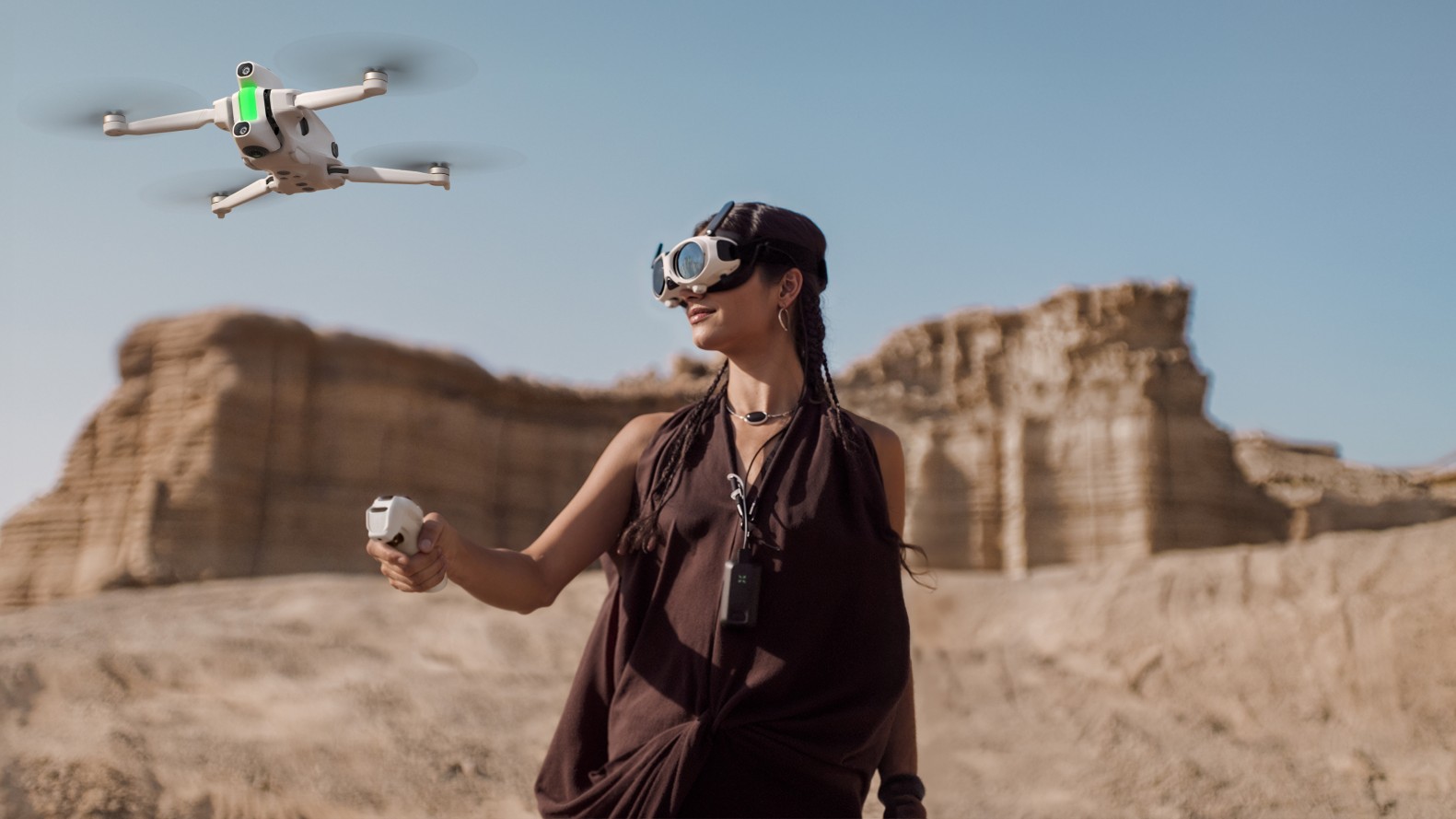The best lenses for the Nikon D5600 in 2025: the next lenses to get for your Nikon DSLR
The cream of the crop, these are the best lenses for the Nikon D5600 to take your photography to the next level
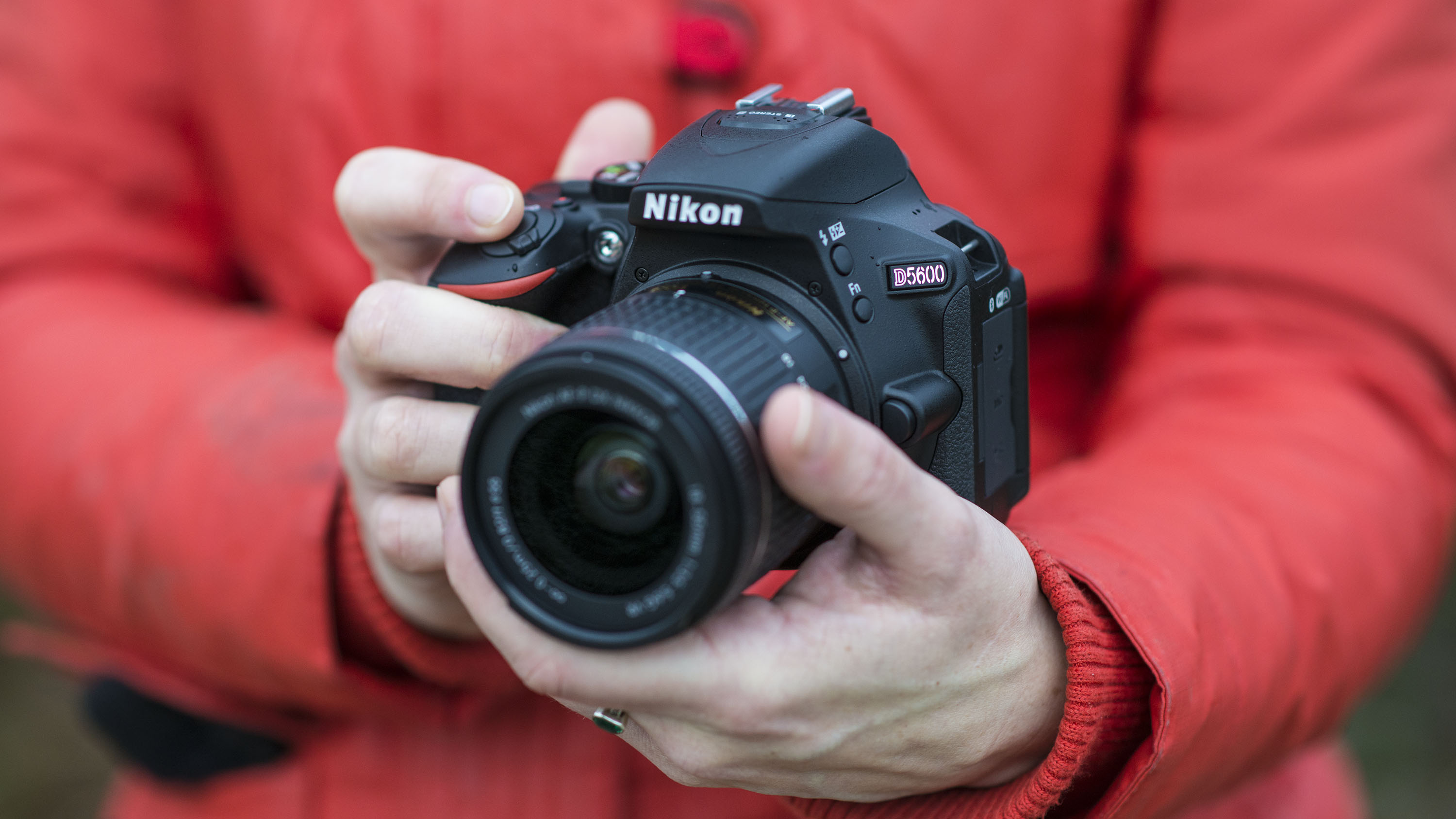
The Nikon D5600 is a DX camera (that’s Nikon’s term for its APS-C crop-sensor cameras), and requires DX lenses for best functionality, although I think that some FX (full-frame) lenses also make great partners for the D5600.
While lenses are general-purpose to an extent, there are certain lenses that lend themselves better to certain disciplines. For example, telephoto lenses have a longer focal length and are ideally suited to sports and wildlife photography, while wide-angle lenses offer a greater field of view perfect for landscapes or astro. Macro lenses specialize in terms of being able to focus closely, and therefore gather more detail from a small subject and record it on the image sensor.
When you’re looking for the right DX lens for your D5600, it’s important to consider whether the lens is a zoom or a prime, as zooms allow for recomposition without moving the camera, but primes often give faster maximum apertures for better low-light performance.
If you’re shooting handheld or at slower shutter speeds, Vibration Reduction can steady the frame optically, ready for you to capture a sharp shot despite the movement. Other elements also come into play, such as size and weight which can impact a lens’ portability, so bear that in mind if you’ll be doing a lot of traveling or hiking long-distance.

Matthew Richards is a photographer and journalist who has spent years using and reviewing all manner of photo gear. He is Digital Camera World's principal lens tester and a Nikon aficionado, and has personally handpicked all the lenses in this guide as perfect companions to the Nikon D5600.
The Quick List
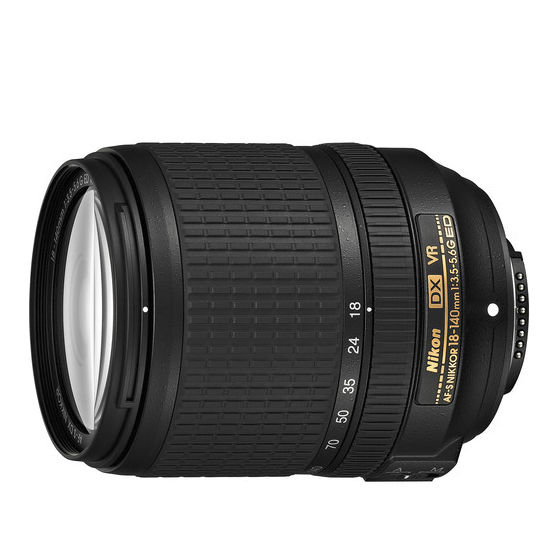
This highly popular zoom lens is the perfect daily companion, whether you’re walking around town or jetting off on vacation.
Read more below…
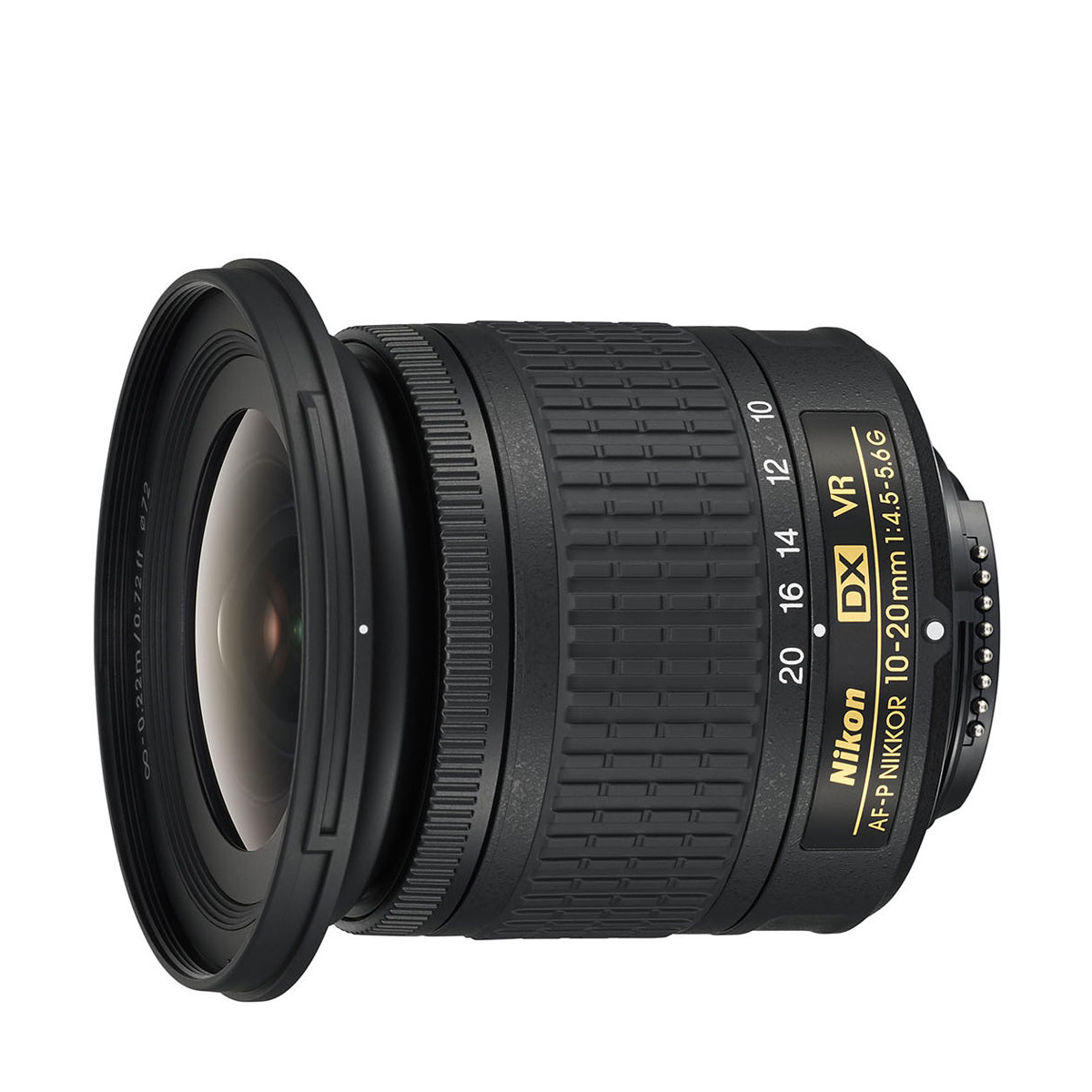
This zoom takes up very little room when you’re heading outdoors, and its field of view is perfect for capturing epic scenes.
Read more below…
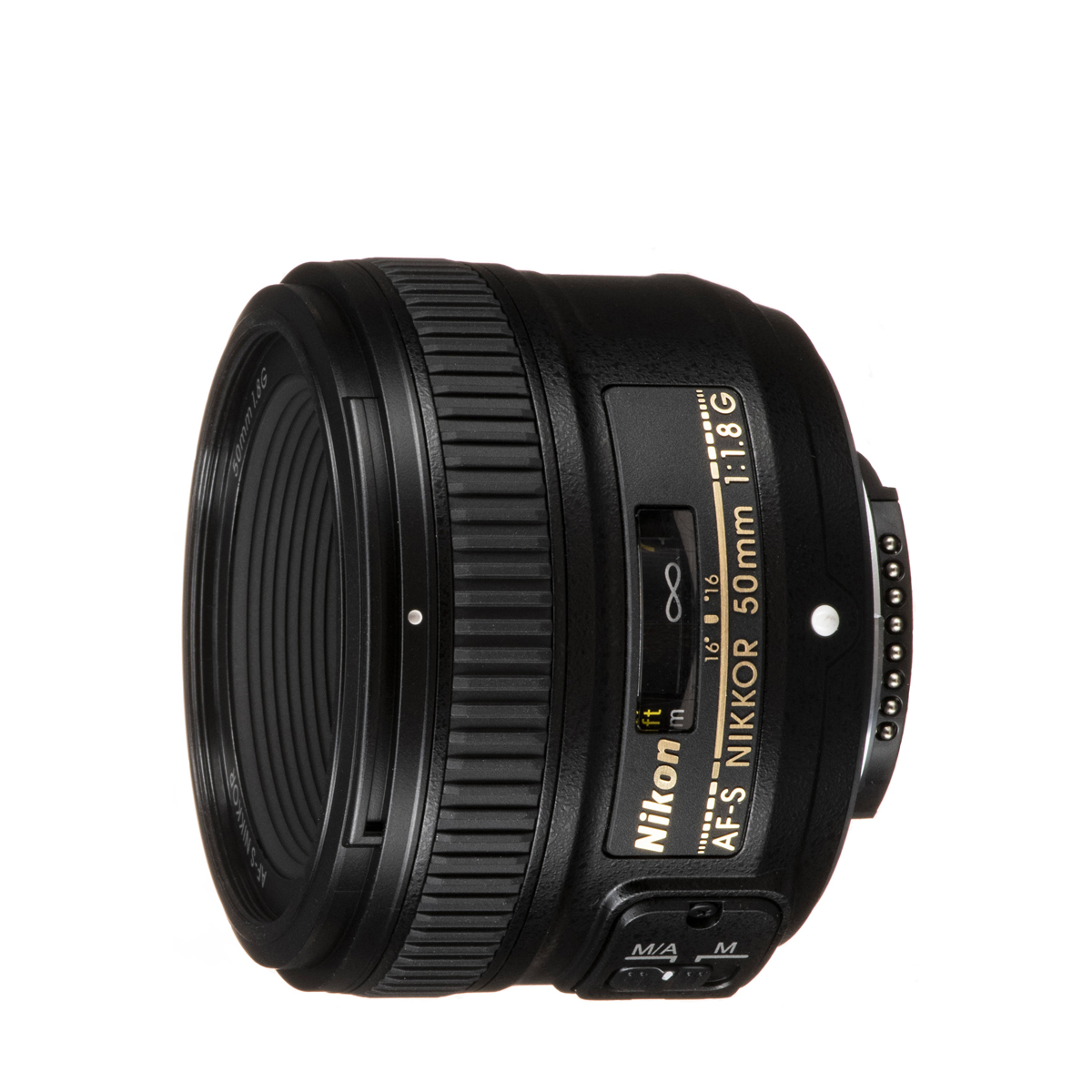
On the D5600, this prime gives you the optimum focal length for taking portraits, plus a wide aperture that delivers soft backgrounds.
Read more below…
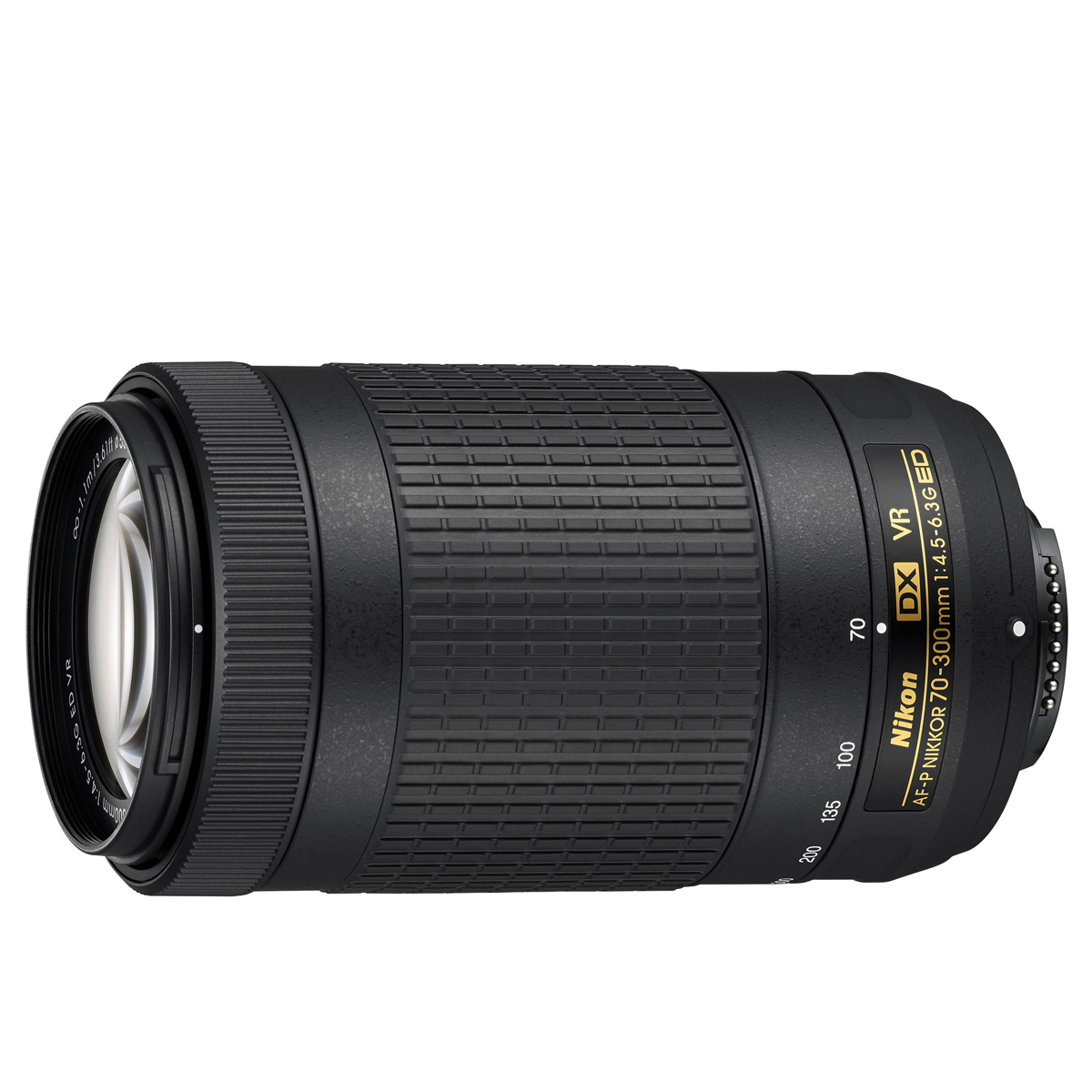
Here’s a great zoom lens for getting started with sports or wildlife subjects, where you can’t always get as close as you’d like to.
Read more below…
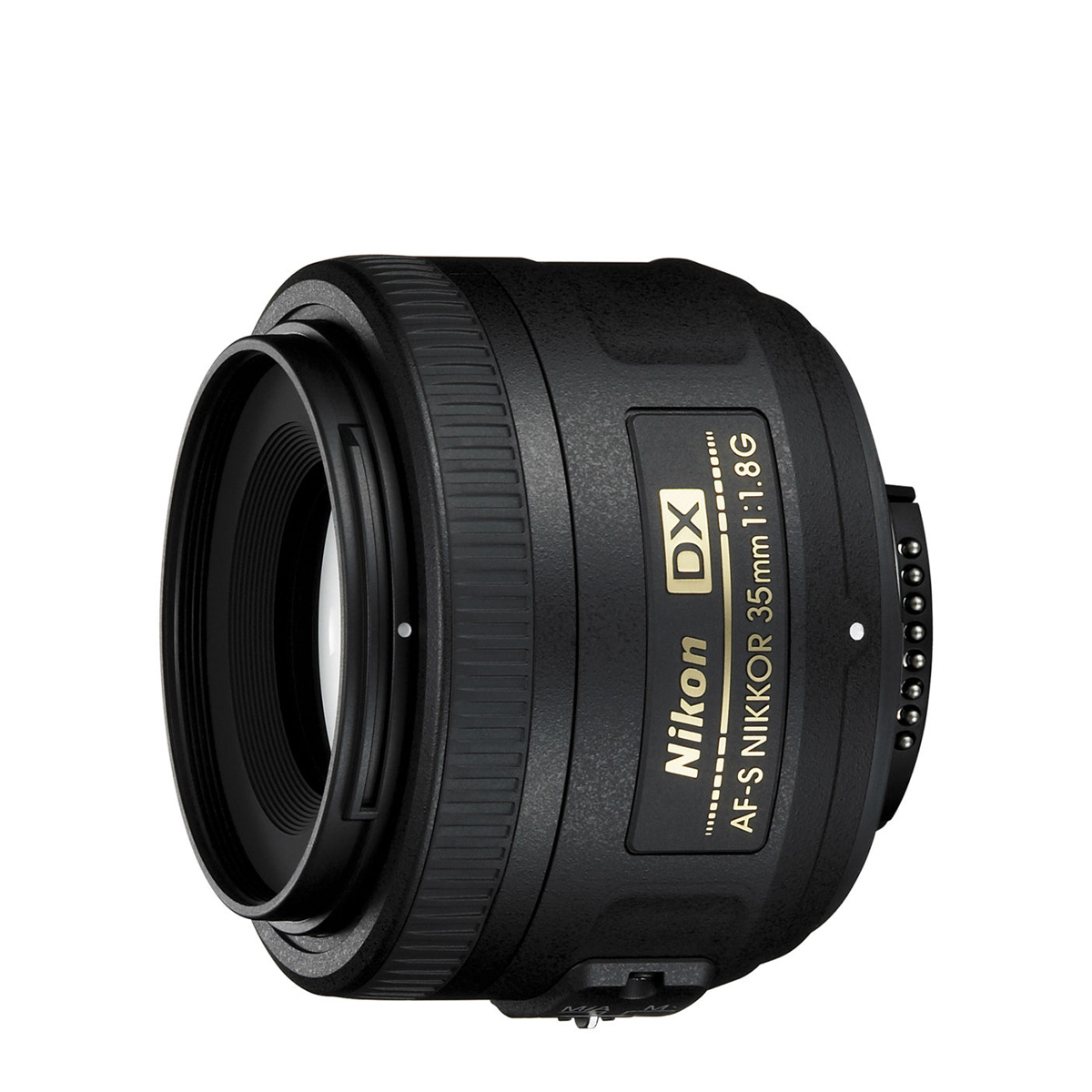
This small and light prime has a wide maximum aperture that brings an extra dimension to your general shooting.
Read more below…
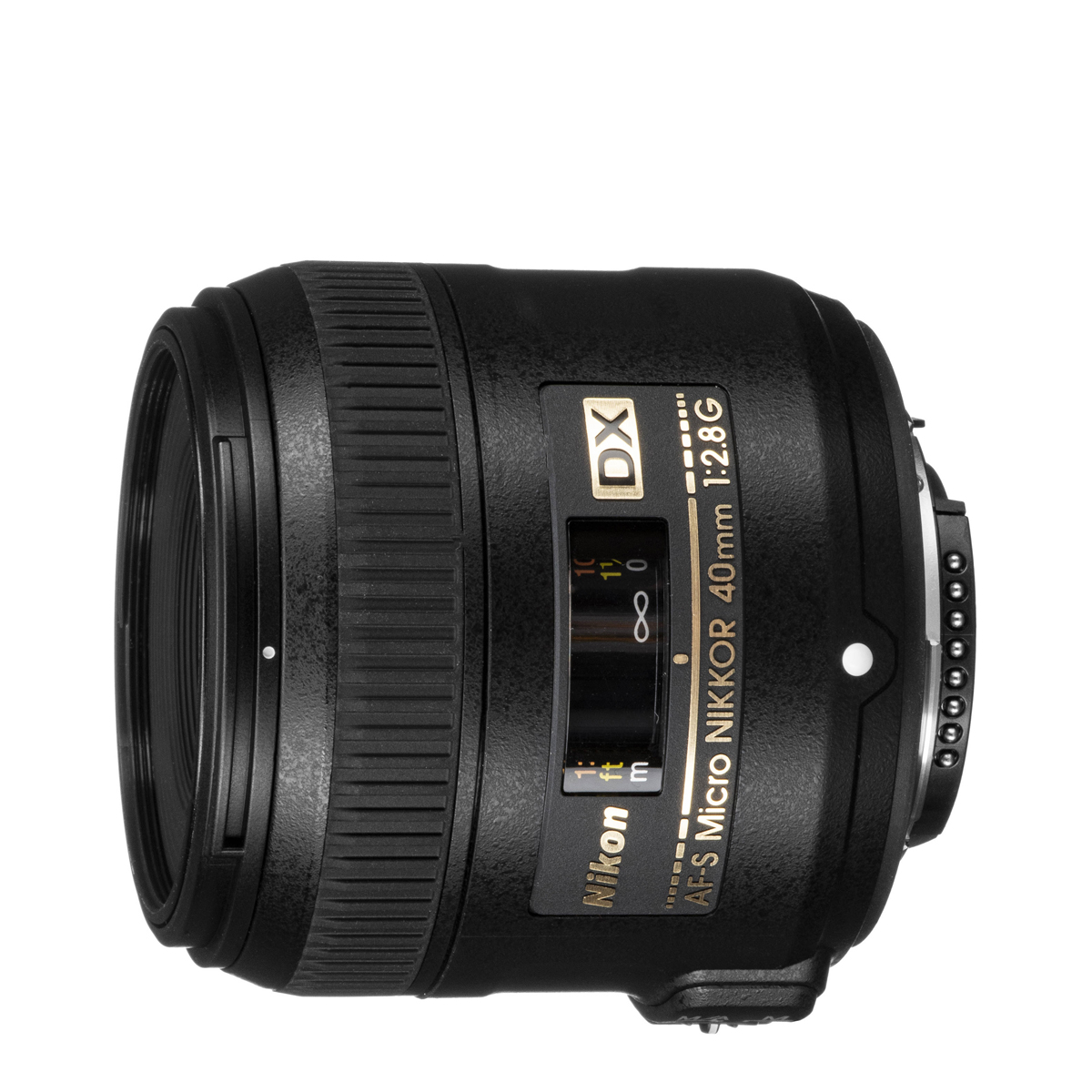
This prime offers an affordable way to get into extreme close-up photography, with lifesize magnification of tiny subjects.
Read more below…
Best lenses for the Nikon D5600
Why you can trust Digital Camera World
Best everyday lens for the D5600
Specifications
Reasons to buy
Reasons to avoid
There are times when I’ve got my photographer’s had firmly fixed on my head and am happy to lug around a backpack full of camera kit and lenses. Other times, if I’m pounding city streets, trekking into the hills or travelling far and wide, I just want a single, do-it-all lens. And this lens is just that. Designed specifically for DX format DSLRs, it has an ‘effective’ zoom range for 27-210mm in full-frame terms, covering everything from generous wide-angle coverage to proper telephoto reach.
I really like the compact and lightweight build of the lens and, stretching its travel credentials even further, the 4-stop Vibration Reduction means that I can generally leave my tripod at home as well. It’s a hugely popular lens, not only because it’s been sold as a kit lens option with various cameras, but because it offers superb versatility and practicality.
Read more: Nikon AF-S DX 18-140mm f/3.5-5.6G ED VR review
Features ★★★★☆ | The main feature is the 27-210mm ‘effective’ zoom range, backed up by optical VR. |
Design ★★★★☆ | The compact and lightweight design make this a great lens for walkabout and travel photography. |
Performance ★★★★☆ | It’s not the sharpest tool in Nikon’s box but the versatility of the ‘superzoom’ range makes up for that. |
Value ★★★★☆ | It’s standout value if you buy it as a kit lens with a camera, less so if you pay the full amount for it separately. |
Best wide-angle lens for the D5600
Specifications
Reasons to buy
Reasons to avoid
Small and lightweight, the Nikon 10-20mm f/4.5-5.6G VR AF-P DX is the perfect ultra-wide lens for travel photography, or for those heading out on long hikes for stunning landscape scenes. At just 230g it can tuck away unnoticed into a camera bag or pocket, and is at home on the lightweight D5600 body.
The aperture range of f/4.5-5.6 isn’t the brightest ever, but it is complemented by 3.5 stops of Vibration Reduction to assist in the taking of steady, sharp shots even when in challenging conditions where shutter speeds must remain slow.
Read more: Nikon AF-P DX 10-20mm f/4.5-5.6G VR review
Features ★★★★☆ | Ultra-wide viewing angles come with optical stabilization, ideal for handheld shots of architectural interiors. |
Design ★★★★☆ | It’s certainly a very compact and lightweight design but it lacks weather-seals and has a plastic mounting plate. |
Performance ★★★★☆ | Performance is mostly good with fast autofocus and good image quality, but corner-sharpness could be better. |
Value ★★★★☆ | This zoom lens is good value at the price and comes complete with a petal-shaped hood. |
Best portrait lens for the D5600
Specifications
Reasons to buy
Reasons to avoid
Any D5600 owner wanting an inexpensive lens to start off with, or to add to their existing lens collection, should look no further than the Nikon 50mm f/1.8G. Less than 200g in weight and fast to autofocus, this nifty fifty packs a wallop when it comes to image quality.
Thanks to the mid-range focal length and wide f/1.8 aperture, portraits are a dream to shoot with this lens, providing smooth bokeh when shot wide open. The 50mm f/1.8G is the best prime to go for if you’re on a budget and need a general lens that can shoot everything well, or you could look at the Nikon AF-S DX 35mm f/1.8 (see below) as a wider alternative.
Read more: Nikon AF-S 50mm f/1.8G review
Features ★★★★☆ | Ring-type ultrasonic autofocus, an aspherical element and Super Integrated Coating are among the top features. |
Design ★★★★☆ | The design includes an auto/manual focus mode switch and a focus distance scale, plus a weather-sealed mounting plate. |
Performance ★★★★☆ | The lens delivers good sharpness and clarity with nicely smooth bokeh. |
Value ★★★★★ | It’s naturally not as fast as an f/1.4 prime but terrific value at the price. |
Best telephoto lens for the D5600
Specifications
Reasons to buy
Reasons to avoid
With an equivalent focal length range of 105-450mm on the D5600, this telephoto zoom lens is best used for simple wildlife, sports, and action shots, though it’s equally adept for portraiture and long-zoom landscapes.
Integrated Vibration Reduction keeps the frame steady, crucial when shooting at the longer end of this lens due to camera shake blur as the maximum aperture stops down to a slightly dimmer f/6.3, which restricts light. Extra-low dispersion glass elements in the lens help to keep a nice, sharp image for quality results. Internal focusing means filters stay put and water/dirt ingress is kept to a minimum.
Read more: Nikon AF-P DX 70-300mm f/4.5-6.3G ED VR review
Features ★★★★☆ | Good features include ED glass, ‘pulse’ motor autofocus, 4-stop optical stabilization and a 105-450mm effective zoom range. |
Design ★★★★☆ | The design feels a little basic, the lens has a plastic mounting plate and there are no weather-seals. |
Performance ★★★★☆ | Autofocus is fast (but incompatible with some older DSLRs), stabilization is effective and image quality is nice and crisp. |
Value ★★★★★ | It’s great value at the price but be aware that the lens hood is sold separately. |
Best standard prime lens for the D5600
Specifications
Reasons to buy
Reasons to avoid
As a DX lens, this Nikon prime is designed specifically for the D5600 and other APS-C-sensored cameras. The effective focal length is 52.5mm, making this much closer to the standard ‘nifty fifty’ 50mm lens that used to be sold as standard with 35mm film SLRs in the old days. As a crop-factor lens, it is also smaller than average, so it’s an unobtrusive addition to your camera bag for when you need the wide f/1.8 maximum aperture that a zoom can't provide.
In my testing, I found sharpness was retained throughout the image frame when I shot between f/2.8 and f/8, although some detail was lost outside of this middle range.
Read more: Nikon AF-S DX 35mm f/1.8G review
Features ★★★☆☆ | The standout feature of this lens is arguably its simplicity. There’s no VR and, unusually for an F-mount lens, it doesn’t have a focus distance scale. |
Design ★★★★☆ | It’s very compact and lightweight yet features a metal mounting plate, complete with a weather-seal gasket. |
Performance ★★★★☆ | Edge/corner-sharpness could be better but overall performance is good. |
Value ★★★★★ | It’s great value for a fast standard prime, equivalent to using a 50mm f/1.8 lens on a full-frame camera. |
Best macro lens for the D5600
Specifications
Reasons to buy
Reasons to avoid
The Nikon 40mm f/2.8G AF-S DX Micro lens is a brilliant lens to add to your D5600 if you’re looking to dabble in macro photography without committing to an expensive lens. It focuses to infinity so can double as a general purpose lens as well, but it has a minimum focusing distance of 16.3cm which is close enough to get in tight on smaller subjects.
Wildlife macro photography (such as bug photography) may be a little tricky given the lens’ slightly wide-angle focal length – you can end up very close – but it does suit flower photography, jewelry, and any other macro subjects that aren’t flighty. It gives a true 1:1 reproduction ratio for genuine macro shots.
Read more: Nikon AF-S DX 40mm f/2.8G Micro review
Features ★★★★☆ | This lens features as a dual-purpose prime, giving both full 1.0x magnification for macro photography and a useful 60mm effective focal length for general shooting. |
Design ★★★☆☆ | The design is good overall but the working distance between the front of the lens and the subject at the minimum focus distance is only about 1.5 inches. |
Performance ★★★★☆ | Sharpness and overall image quality are impressive but, typical of macro lenses, autofocus is a little sluggish. |
Value ★★★★☆ | It’s inexpensive for a full macro lens and very good value at the price. |
Lab data and comparisons
The graphs below show the comparative performance of the lenses in this guide, based on our in-house lab tests. The Nikon AF-S 50mm f/1.8G prime lens wins out in this group for sharpness, although the AF-S 40mm Micro lens runs it very close while also having virtually zero distortion, and the zoom lenses are all pretty good. Typical of ultra-wide-angle zooms, the Nikon AF-P DX 10-20mm f/4.5-5.6G VR exhibits heavy barrel distortion at the short end of its range.
Scores for sharpness and color fringing are averaged from data taken across the entire image frame, from the center to the edges and corners, throughout the aperture range. For zoom lenses, the scores are also averaged from data measured at all marked focal lengths, and the same applies to distortion. Bear in mind that these average values don't fully reflect specific areas of performance. For example, a zoom lens might have noticeable barrel and pincushion distortion at its shortest and longest focal lengths respectively, which tends to average out when looking at the data overall. For more detailed graphs of each lens's performance, which give the full picture, check out the graphs in our full standalone lens reviews.
How to choose the best lens for the Nikon D5600
Which lenses fit the Nikon D5600?
The D5600 uses the Nikon F mount and is compatible with all lenses designed for that mount. Nikon’s own F-mount lenses typically have AF-P or AF-S at the start of their model names, which refer to the type of autofocus system they use.
Some F-mount lenses are designed for use with APS-C format DSLR cameras such as the D5600, rather than full-frame DSLRs. Nikon lenses that fall into this category have DX as part of their model names. These lenses are typically smaller, lighter and cheaper than the equivalents designed for full-frame cameras.
If you buy a DX lens and later upgrade to a full-frame Nikon DSLR, the image you get through the DX lens will be cropped compared with a full-frame lens.
In common with other Nikon DSLRs, the D5600 is not compatible with Z-mount lenses made for Nikon Z-series mirrorless cameras. But if you later upgrade to a Z-series camera, you can buy an adaptor to use your collection of F-mount lenses on your new camera.
How do I know which lens to get for my D5600?
The reason there are so many types of lens in the first place is that different scenes demand different lens designs, particularly when it comes to focal length and aperture rating.
Usually, you will decide what you want to photograph, then get a lens with the focal length that suits the situation. For example, to shoot landscapes you will need a wide-angle lens, while for sports and wildlife you will need a telephoto.
You can watch this video that explains focal length: it helps you work out what kind of lenses you need for different genres of photography.
How we test lenses
The lens experts in our testing lab run a range of tests under controlled conditions, using the Imatest Master testing suite. Photos of test charts are taken across the range of apertures and zooms (where available), then analyzed for sharpness, distortion and chromatic aberrations.
We use Imatest SFR (spatial frequency response) charts and analysis software to plot lens resolution at the centre of the image frame, corners and mid-point distances, across the range of aperture settings and, with zoom lenses, at four different focal lengths.
There's more to it than just the technical side, though! Beyond the lab, our reviewers test lenses in real-world environments – and sometimes on professional shoots! We work with lenses both indoors and outdoors, in studio conditions and in natural light, with as many different subjects as is possible (or appropriate – there's no point testing a landscape lens' ability to shoot a portrait!).
We take into account everything from handling and ease of use to speed of autofocus and the overall quality of the images produced.
Find out more about how we test and review on Digital Camera World
The best camera deals, reviews, product advice, and unmissable photography news, direct to your inbox!
Matthew Richards is a photographer and journalist who has spent years using and reviewing all manner of photo gear. He is Digital Camera World's principal lens reviewer – and has tested more primes and zooms than most people have had hot dinners!
His expertise with equipment doesn’t end there, though. He is also an encyclopedia when it comes to all manner of cameras, camera holsters and bags, flashguns, tripods and heads, printers, papers and inks, and just about anything imaging-related.
In an earlier life he was a broadcast engineer at the BBC, as well as a former editor of PC Guide.
- Adam WaringGuides Editor
